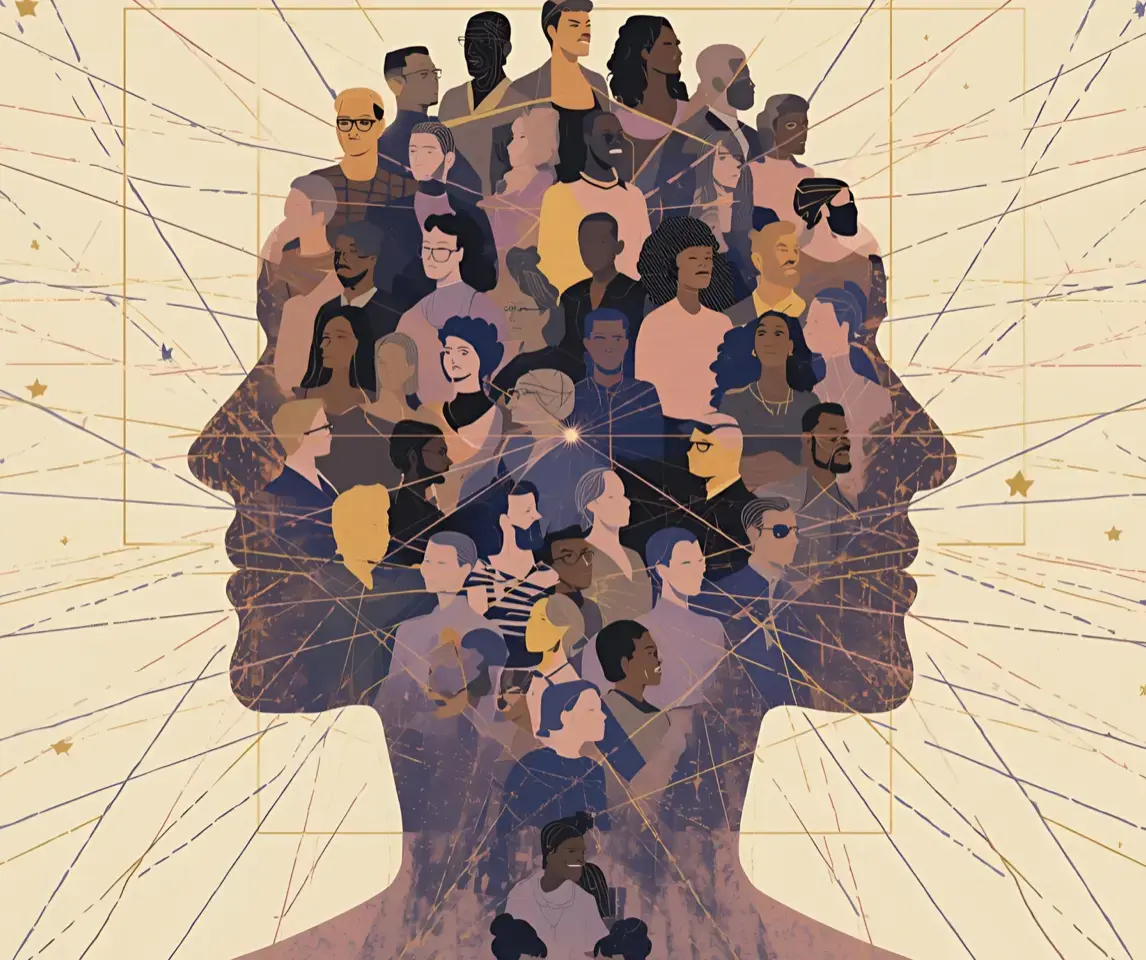For years, international organisations have pledged to make their safeguarding systems “culturally sensitive.” Yet, too often, this has meant adapting language or procedures without challenging the deeper structures that allow exploitation, discrimination, or abuse to occur.
As Dr Nour Abu Assab, Co-Director at the Centre for Transnational Development and Collaboration (CTDC), argues in her chapter “From Cultural Sensitivity to Structural Sensitivity” (in Sexual Exploitation and Abuse in Peacekeeping and Aid, Bristol University Press, 2024), safeguarding cannot be reduced to cultural awareness. It requires structural awareness, an understanding of how power, privilege, and inequality are built into our systems, practices, and assumptions.
🌱 Why Structural Sensitivity Matters
When “culture” becomes the focus, it can unintentionally be used to excuse or normalise harmful practices, such as gender-based violence, harassment, or exploitation dismissed as “cultural differences.” A structurally sensitive approach shifts the lens. It asks:
- How do patriarchy, class, race, colonial legacies, or legal systems shape vulnerability and silence survivors?
- How do institutional norms and hierarchies reproduce harm?
- Whose voices are amplified or erased in defining “appropriate” responses?
Structural sensitivity pushes safeguarding beyond context awareness to power analysis; seeing how local and global structures interact to shape people’s realities.
💡 What Practitioners Can Ask Themselves
Dr Abu Assab invites safeguarding practitioners to move from procedure to reflection & from compliance to consciousness.
She proposes that genuine safeguarding begins with questioning how we know, decide, and act.
Here are some guiding questions:
1. On Knowledge (Epistemology)
- How do I know what I know about this context or community?
- What assumptions shape my understanding of risk or harm?
- Whose knowledge and experiences are centred, and whose are missing?
2. On Systems (Ontology)
- What are the structures of power influencing this case; legal, economic, social, relational or institutional?
- How do these structures interact across borders or within organisations?
- Where does agency lie, and how might survivors exercise it?
3. On Practice
- Does our safeguarding framework challenge or reinforce existing hierarchies?
- How do our internal policies mirror the justice we promote externally?
- Are our responses designed with survivors, not just for them?
🧭 From Culture to Structure
To be structurally sensitive means recognising that abuse is not an isolated act; it is a reflection of broader systems of inequality.
A safeguarding investigation, a complaint, or even a policy review must therefore consider how multiple structures intersect — gender, class, race, geography, and organisational culture.
In practice, this may mean:
- Mapping power dynamics within teams, communities, and partner organisations.
- Contextualising complaints rather than universalising responses.
- Investing in transnational solidarity, understanding that oppression operates across borders.
- Integrating reflection and learning loops into safeguarding systems, not as an afterthought but as a foundation.
✳️ Towards Transformative Safeguarding
Cultural sensitivity invites respect for difference.
Structural sensitivity demands justice.
It requires practitioners and organisations to see safeguarding not as a technical fix, but as an ongoing political, ethical, and relational process.
It calls for humility, curiosity, and courage, to ask not only “What happened?” but also “Why could this happen here?”
“The shift from culture to structure is not difficult,” Dr Abu Assab writes. “It simply requires us to re-examine how we understand the world and our own positionality within it.”
🌍 At CTDC
We support organisations to embed structural sensitivity into safeguarding frameworks, helping teams move from policies to practice, and from cultural awareness to systemic understanding.
Reach to Us
Have questions or want to collaborate? We'd love to hear from you.




